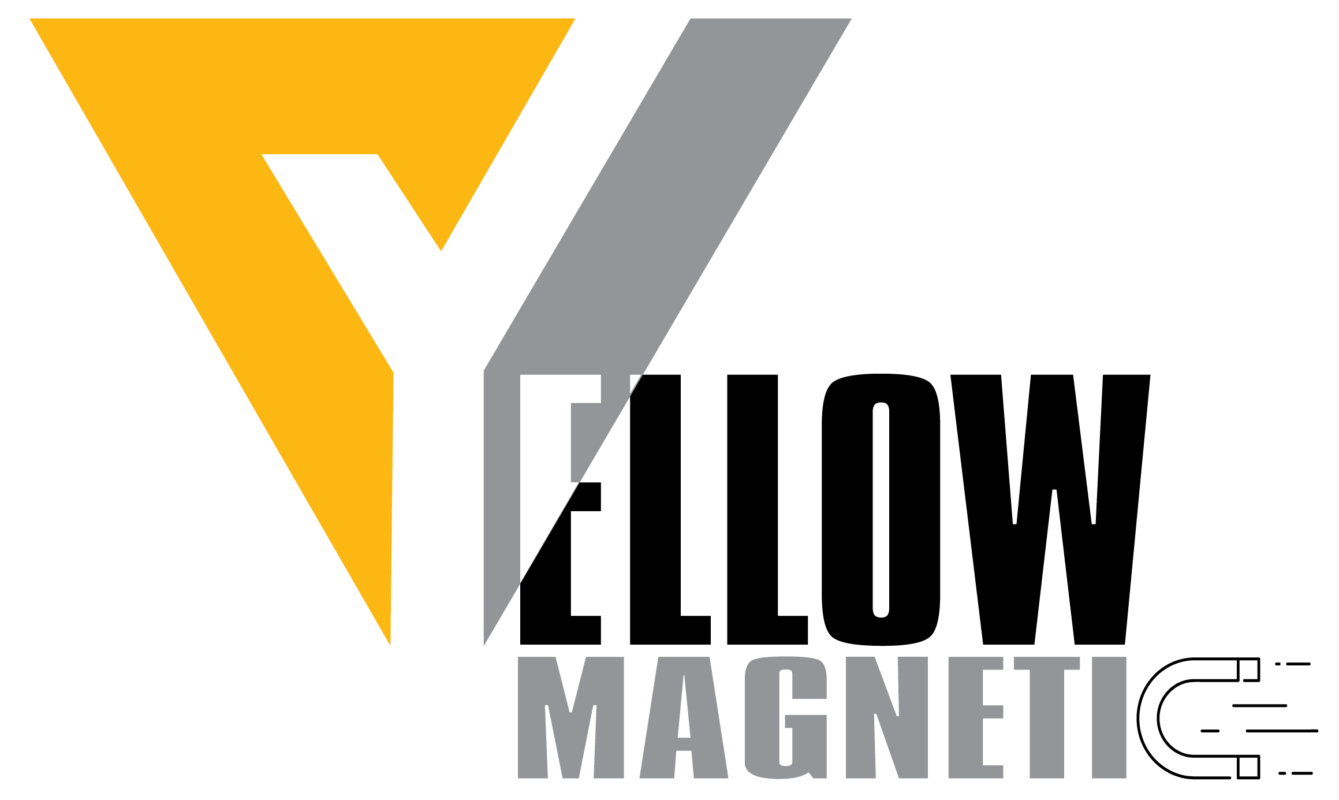
Marketing Trend #1: Short Videos
Reels from Instagram and YouTube Shorts from Google are two of the social networks and services that have developed their own short video sharing tools in response to TikTok’s rapid rise. For the foreseeable future, short films will be a key advertising medium on social media.
In order to increase traffic on social networks, brands will continue to spend in short formats and produce content in the form of short videos.
Marketers will use platforms where users watch short videos in order to reach a big audience and drive traffic.
Marketing Trend #2: Social Responsibility and Brand Transparency
Consumers view trust as the most important consideration when making a purchase. This idea has only become stronger in the midst of the pandemic: customers are willing to purchase from and return to reliable companies.
Not just the most recent positive brand contact contributes to the development of trust. Customers expect businesses to take more accountability for their values, products, and services. Customers may stop doing business with a firm if it actively stands against the values it breaches.
Customers anticipate that brands would be clear and honest about their stance on social media. The audience is more likely to identify with a brand that shares their values in terms of ecological, consumer norms, freedom, and other aspects of life.
33% of marketers surveyed by HubSpot believe that social responsibility is a successful marketing trend.
Marketing Trend #3: Integration
Customers demand more information than just the newest sales updates. They anticipate openness from brands, including representations from all conceivable communities and age groups in marketing messaging. Users value it when a company communicates with them in a way that takes into account their diverse interests, preferences, backgrounds, and experiences.
When making selections about what to buy, a young audience is sensitive to comprehensive advertising.
Marketing trend #4: D2C advertising model (direct to customer)
Direct to customer (D2C) is a model of engagement between a business and a client where there are no intermediaries involved. Instead of interacting with customers through marketplaces and shops, the business uses its own platforms, including a website, social media accounts, and an online store. Businesses will continue to create their own communication channels in 2022 and draw audiences to them. Those who build an ecosystem—a single area with a wide range of services inside and access through a single application—will notably profit from doing so.
Marketing Trend #5: Convenient Payment Formats
Give your audience as many options for paying as you can if you want to enhance sales. Don’t limit yourself to just one option when it comes to payment services, installment plans, or money transfers. Use the user-friendly payment methods that are most common: Chatbot sales, WhatsApp purchases, One-click payments, Voice Purchases.
Marketing Trend #6: Artificial Intelligence
Real people, company representatives, should be working behind the scenes to handle problems, respond to questions, and “warm up” the audience.
